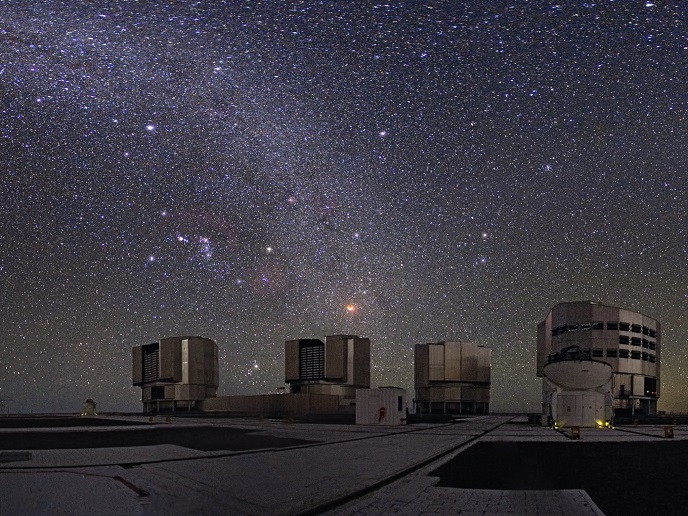Strange planets
Deep space is full of mysteries that keep multiplying as the technology to observe them steadily improves. Astronomers have recently discovered some mysterious celestial bodies that have a very low mass yet display a strong photometric variability. These could be extrasolar bodies, brown dwarfs as they are known in science, or something completely new. The EU-funded project 'Brown Dwarfs and Extrasolar Planets' (Brown Dwarf) set out to discover what these bodies are exactly. It examined magnetospheric accretion, eclipses by planetary companions and associated spectroscopic variations in order to help identify them. The project team worked on identifying the temperature, radius, mass and age of these bodies to confirm or refute their status as possible brown dwarfs. Using the Kuiper telescope in Arizona, United States, the team studied the movement of these planetary bodies and their interaction with other celestial bodies, searching for new planets orbiting massive stars. Using a novel technique of observation, the project team focused also on dayside vs. nightside cooling to model the light curves and spectra of extrasolar planets. In parallel, it conducted computer simulations and studied the synthetic light-curves and spectra of brown dwarfs, as well as the synthetic light curves and transit radius spectra of the extrasolar planets. By comparing these simulations with existing and future observations, new kinds of bodies may be identified. Interesting observations have already emerged, and the results of this project are set to be very useful in studying spectra and light curves of extrasolar planets and brown dwarfs. They may even lead to understanding interior and chemical composition of these bodies, uncovering their true nature once and for all.




